5 redwood forest plants with amazing adaptations
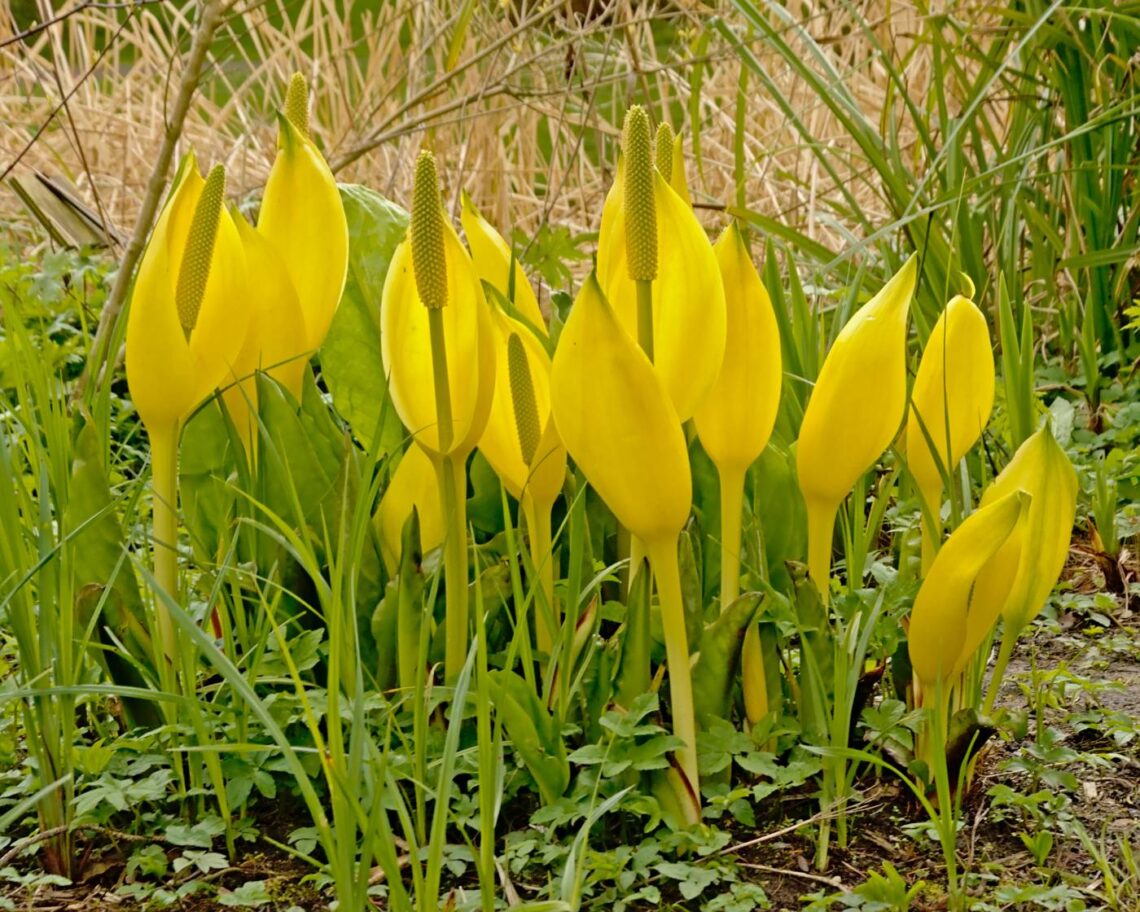
Behind five alluring coast redwood forest plants are stories of endurance, adaptation, and even superpowers. See if you can spot these remarkable species this spring.
Western skunk cabbage
Blooming as early as February along streams and wet areas, western skunk cabbage boasts a rare ability among plants: These showy yellow flowers generate heat that not only melts snow and ice but also serves as a dual protector. The warmth shields delicate flowers from freezing, while releasing a foul odor into the air. The plant’s “skunk” moniker stems from the odor, which lures fly and beetle pollinators emerging from winter hibernation. This strategic perfume ensures pollination and provides a layer of protection because the odor deters herbivores. Adding to its defenses, all parts of the plant harbor toxic, needle-shaped calcium oxalate crystals, which cause a sensation akin to chewing on glass shards if ingested raw.
Redwood sorrel
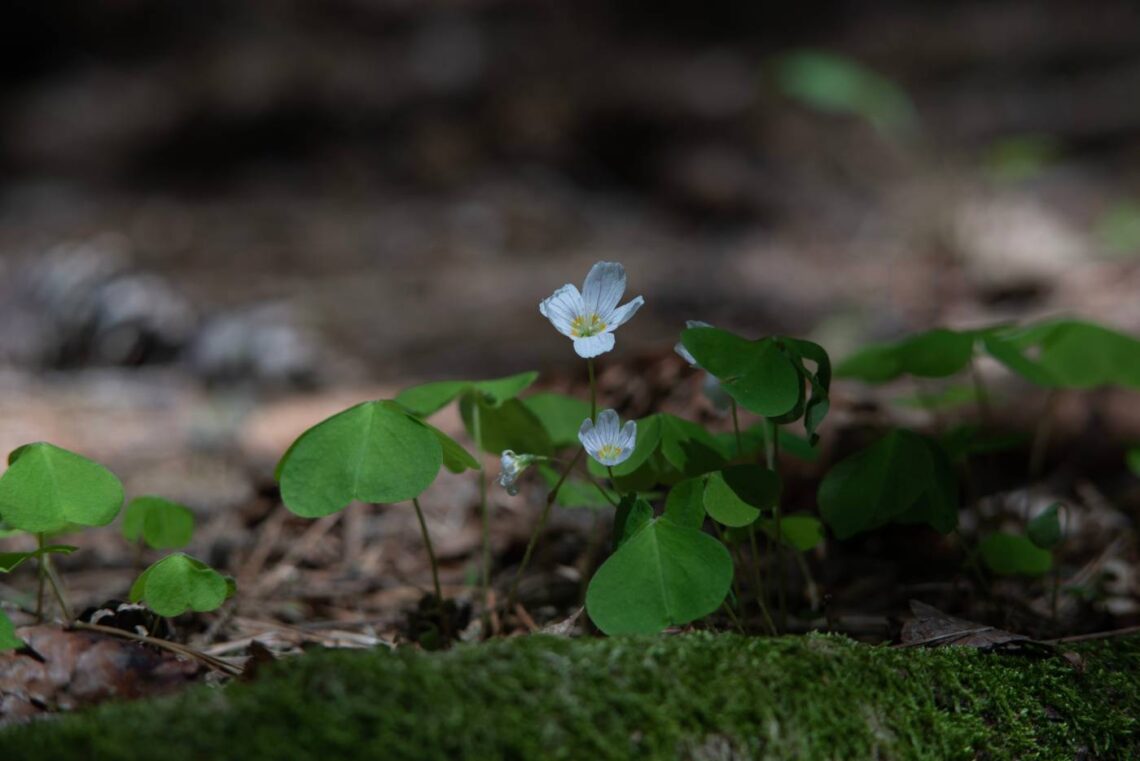
Also blooming as early as February, and often covering the forest floor, the clover-like redwood sorrel thrives in shade. When exposed to direct sunlight, this plant reveals its protective mechanism. In a remarkable display of adaptation, the leaves fold downward within minutes—a process known as nyctinasty.
Calypso orchid
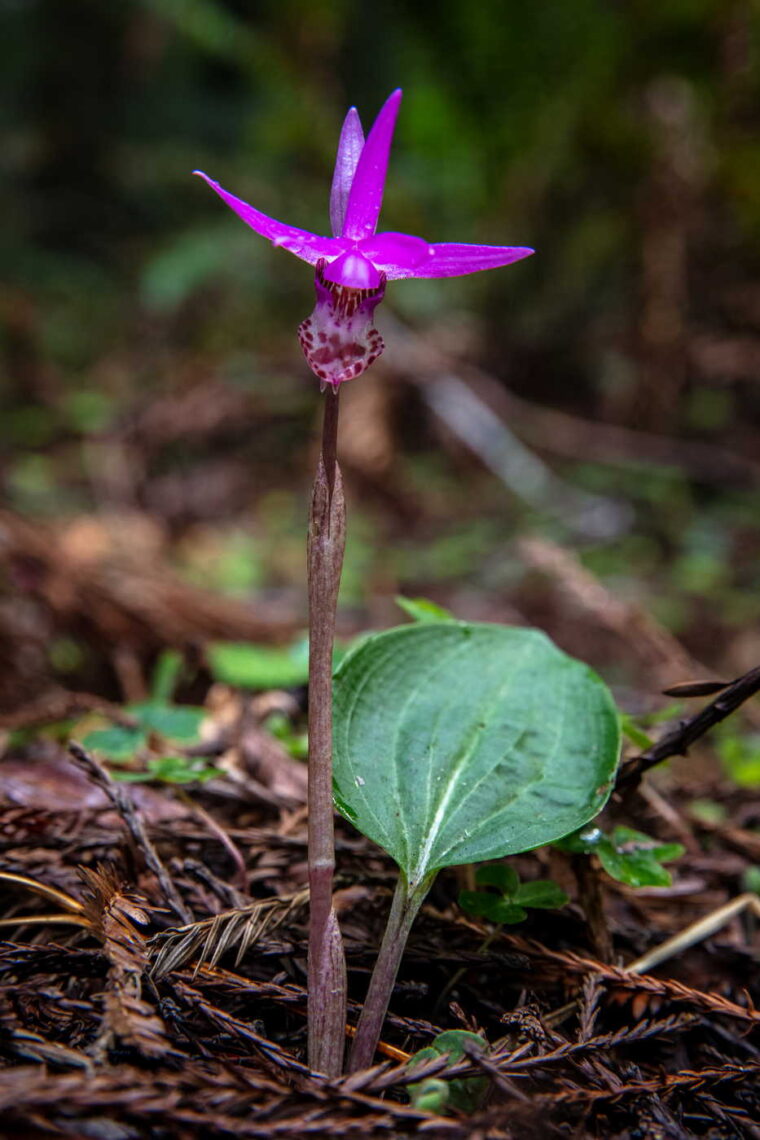
Venturing further into the understory, the tiny purple calypso orchid is a master of deception to attract bumblebee pollinators. Its lip adorned with small, yellow, hair-like protrusions mimics pollen-covered anthers, and a deceptive pouch conceals two false nectar spurs. Luring the unsuspecting bumblebee, this orchid offers no genuine rewards, but has one singular true anther that releases pollinia, a mass of pollen grains that attach to the pollinator as a single unit—a brilliant evolutionary tactic for mass genetic material dissemination.
Pacific bleeding heart
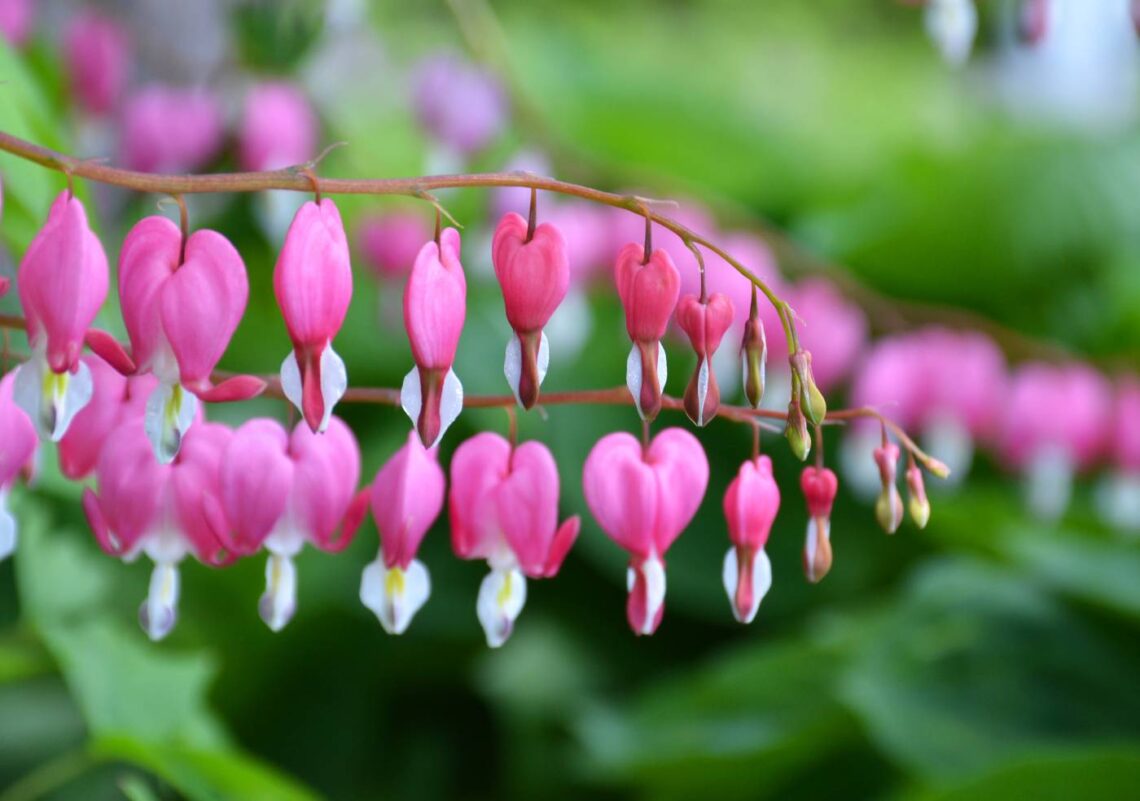
The Pacific bleeding heart, which starts blooming in March, depends on ants to disperse its seeds, a process called myrmecochory. The plant attracts ants with fatty elaiosomes. These fleshy structures are attached to the seeds, enticing the insects to carry the seeds back to their nest. There, the ants consume the elaiosome, leaving the seed to germinate and fostering a symbiotic relationship crucial for the plant’s dispersal.
Maidenhair fern
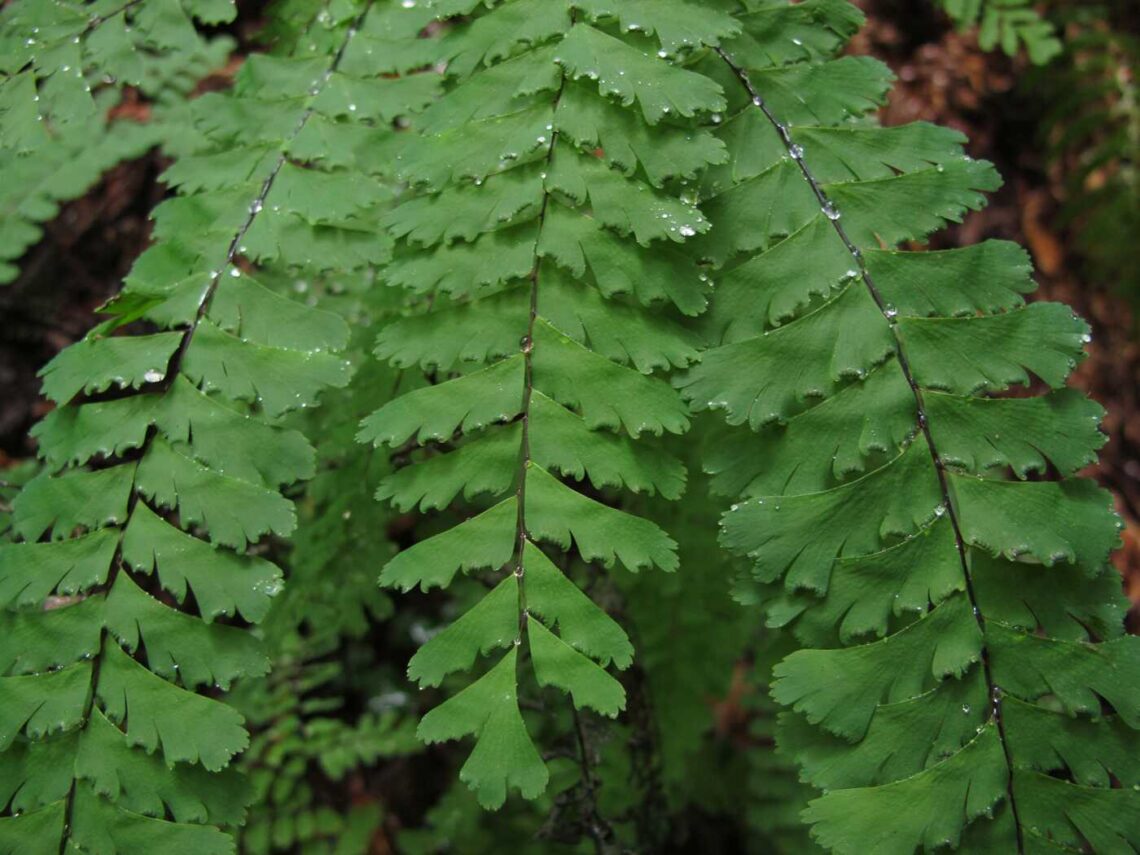
In the moisture-laden air of the redwood forest, maidenhair ferns reveal a notable adaptation to arid conditions. Entering dormancy during dry spells, these ferns appear lifeless, only to revive with vitality upon the return of moisture.

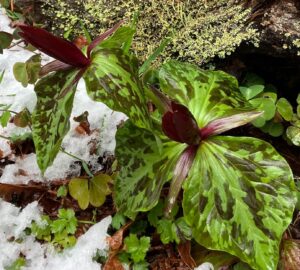
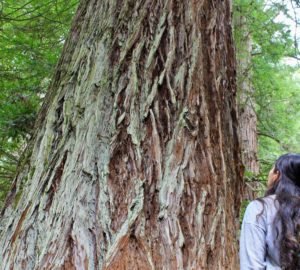
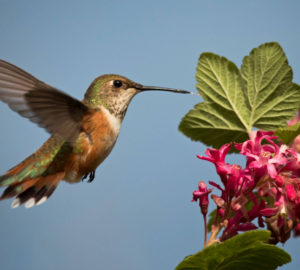
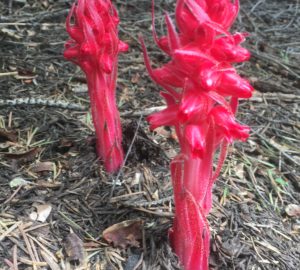
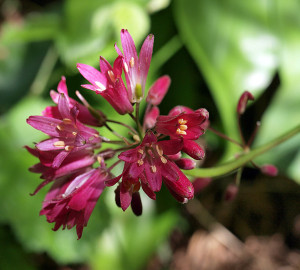
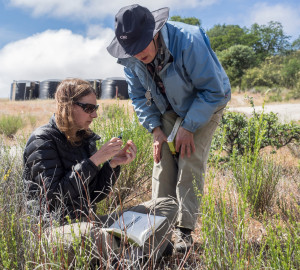
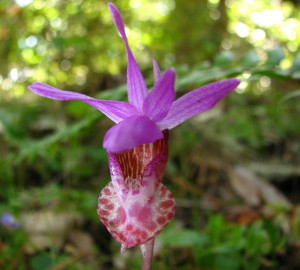

One Response to “Snow-melting cabbage and other surprises”
Linda Penrose
Thank you for publishing this fascinating plant information. Learned new techniques of reproduction and plant survival.